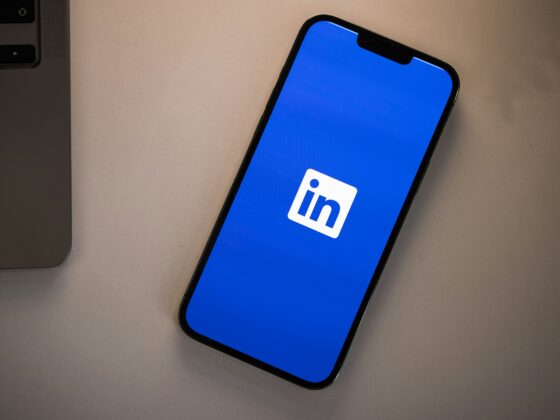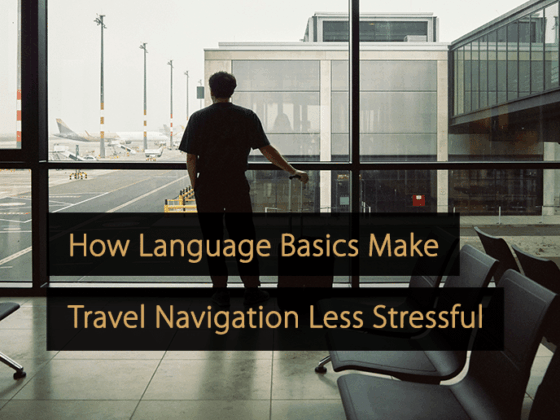
No names. No emails. No way to reach out after the fact.
Convenience Comes at a Cost
Plenty of restaurant operators are starting to pay closer attention to that loss. Some are trying to nudge repeat customers back to ordering directly, while others are looking at ways to own more of their delivery channel. What matters isn’t the tool, but who gets to keep the customer when the order is done.
Direct delivery is one way restaurants are taking control again. Not just to save money, but to reconnect with the people they already serve. That shift allows operators to see who’s ordering, follow up when things go wrong and offer better experiences based on real behavior.
Change takes time and the difference isn’t always obvious on the surface. The food still arrives at the door, and the customer still gets what they ordered. But underneath, the system works differently. A direct delivery platform gives restaurants a view into their own business they haven’t had in years.
One national poke chain made a move in this direction. They wanted to own more of their customer experience, and they wanted the option to follow up when something didn’t go as planned. Switching to a direct delivery system helped them cut platform costs, but more importantly, it gave them the data to see what guests were doing and what made them come back.
Owning that data opened up a bigger question for them. Who benefits long-term with third-party platforms? These apps build loyalty to themselves, and their goal isn’t to help the restaurant build relationships. They want to keep the customer on the platform. That means promotions for competing restaurants, and limited contact with the diner, resulting in fewer chances to make a lasting impression. Restaurants can keep using those tools for visibility, but there needs to be a plan to bring regulars back. Not with gimmicks. Not with pop-ups or points. Just a direct way to order that doesn’t erase the brand from the process.
Having ownership of that channel gives restaurants a chance to do more than fill orders. It creates space to talk to customers again. To send a quick message when something goes wrong, thank someone for coming back and build habits that don’t rely on someone else’s algorithm. Hospitality has always been about connection. Platforms have created distance between the kitchen and the table. Restaurants have a chance to close that gap, not by going bigger or louder, but by being direct.
About the Author
Li-ran Navon is the CEO and co-founder of Sauce, a first-party delivery platform helping independent restaurants take back control of their customer relationships and online revenue.






